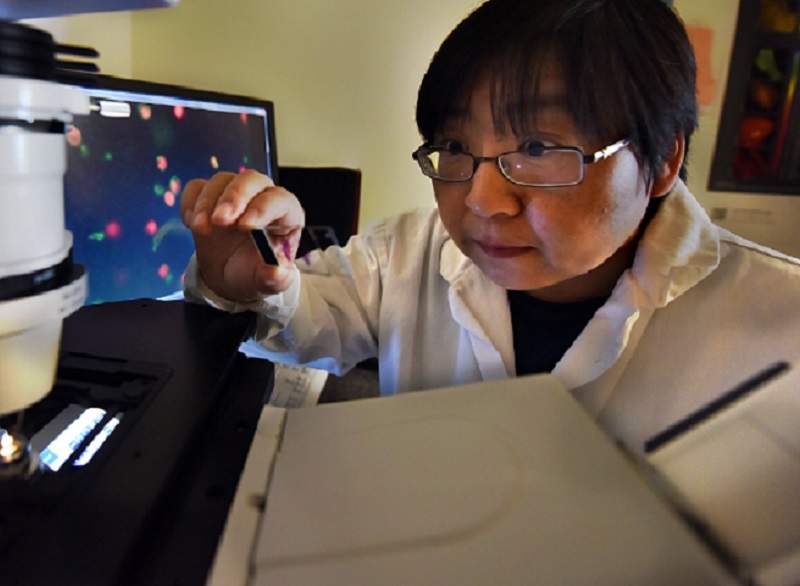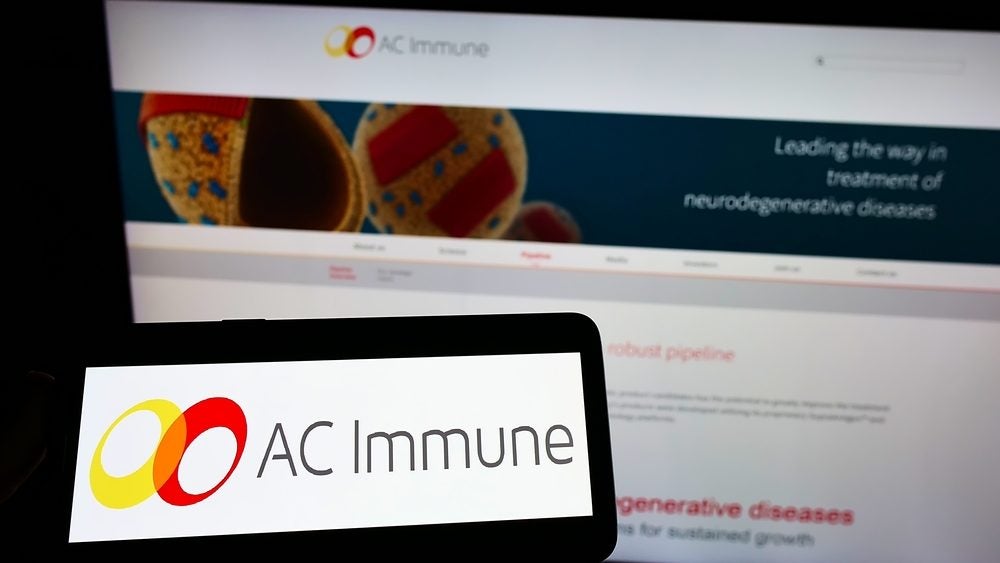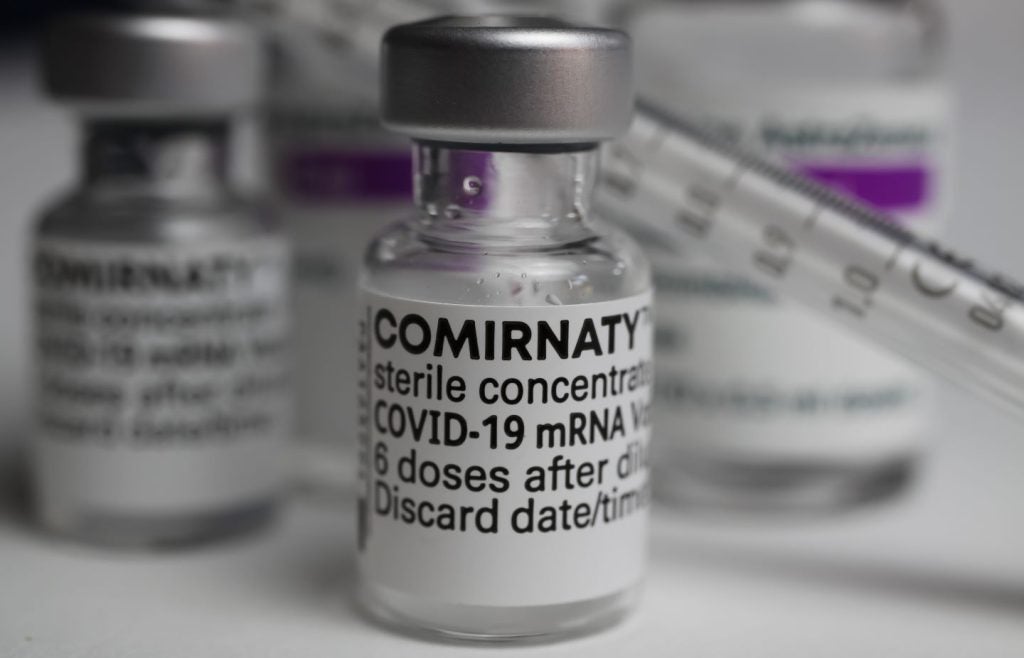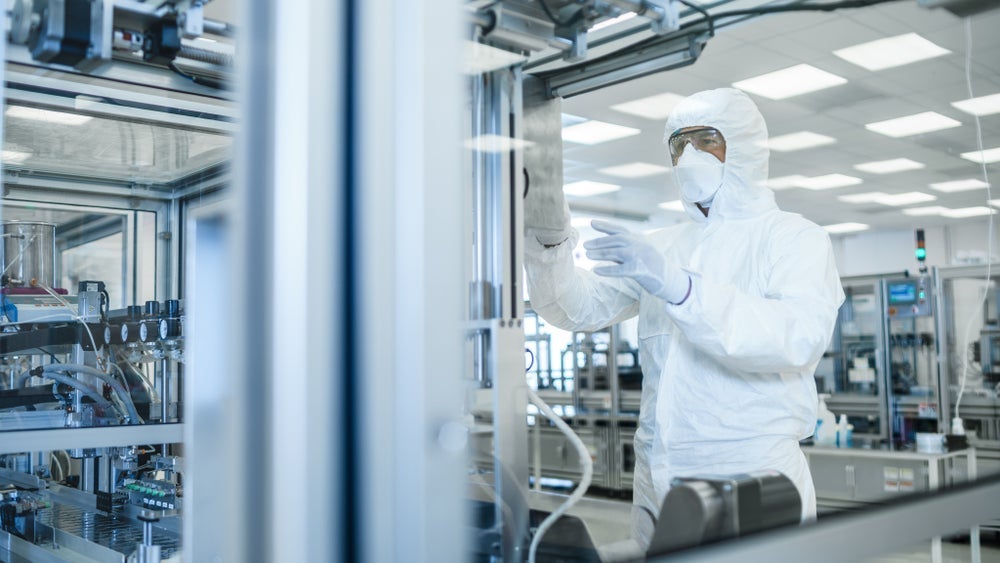
Researchers from the Georgia Cancer Center at Augusta University have developed a tripartite chimera molecule to treat some types of breast cancer.
The molecule is designed to decrease the expression of human epidermal growth factor receptor 2 (HER2), human epidermal growth factor receptor 3 (HER3) and epidermal growth factor receptor (EGFR) simultaneously.
These growth factors are known to be over-expressed in certain cancers, leading to the cancer becoming more aggressive and drug resistant in 20% to 30% of breast cancers.
Georgia Cancer Center bioengineer Dr Hongyan Liu said: “When HER2 is expressed in a cell, you’ll usually find high expression of HER3, too. As a bioengineer, I am developing the materials for cancer-targeted treatment. I have experience building multifunctional chimeras to target different types of genes associated with cancer cells.”
Called HER2 aptamer-EGFR siRNA-HER3 aptamer chimera, the new molecule is comprised of an EGFR-targeting component in the middle of the HER2 and HER3-targeting components.
The design is intended to allow the EGFR component to access its target within HER2- and HER3-expressing cells. All the three parts of the molecule possess anti-tumour activity.
How well do you really know your competitors?
Access the most comprehensive Company Profiles on the market, powered by GlobalData. Save hours of research. Gain competitive edge.

Thank you!
Your download email will arrive shortly
Not ready to buy yet? Download a free sample
We are confident about the unique quality of our Company Profiles. However, we want you to make the most beneficial decision for your business, so we offer a free sample that you can download by submitting the below form
By GlobalDataThe new chimera interferes with HER2 and HER3 signaling and ultimately leads to cancer cell death, as shown in the group’s recent publication in Molecular Therapy: Nucleic Acids.
The comparatively large size of the molecule means it avoids renal depletion, enabling long-term circulation.
Researchers are conducting further studies to assess if the molecule can work against breast cancers that are resistant to a HER2-targeting drug called Herceptin.
They expect that the molecule can be used to treat other cancers characterised by HER over-expression such as lung, head or neck cancer.







